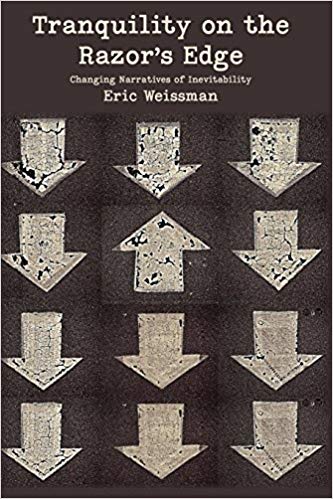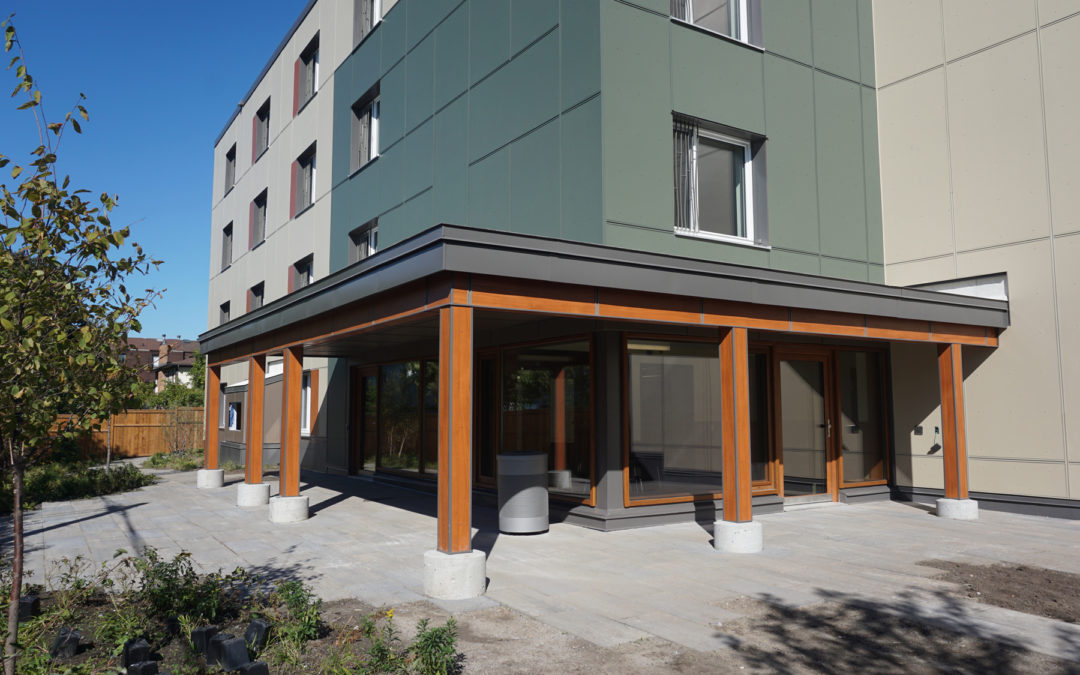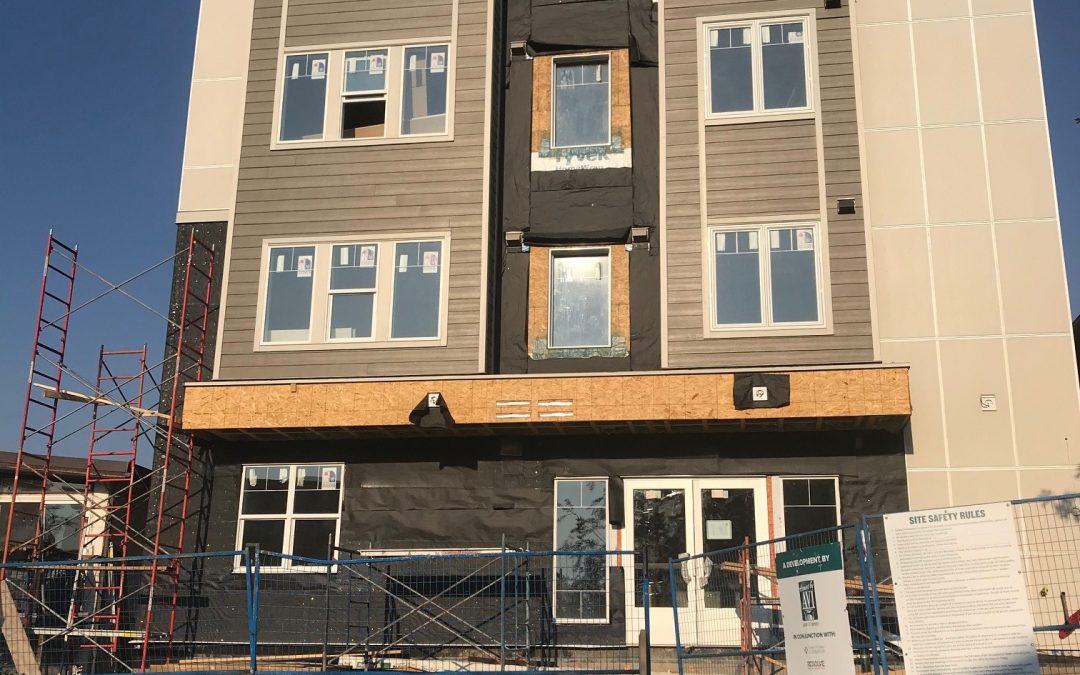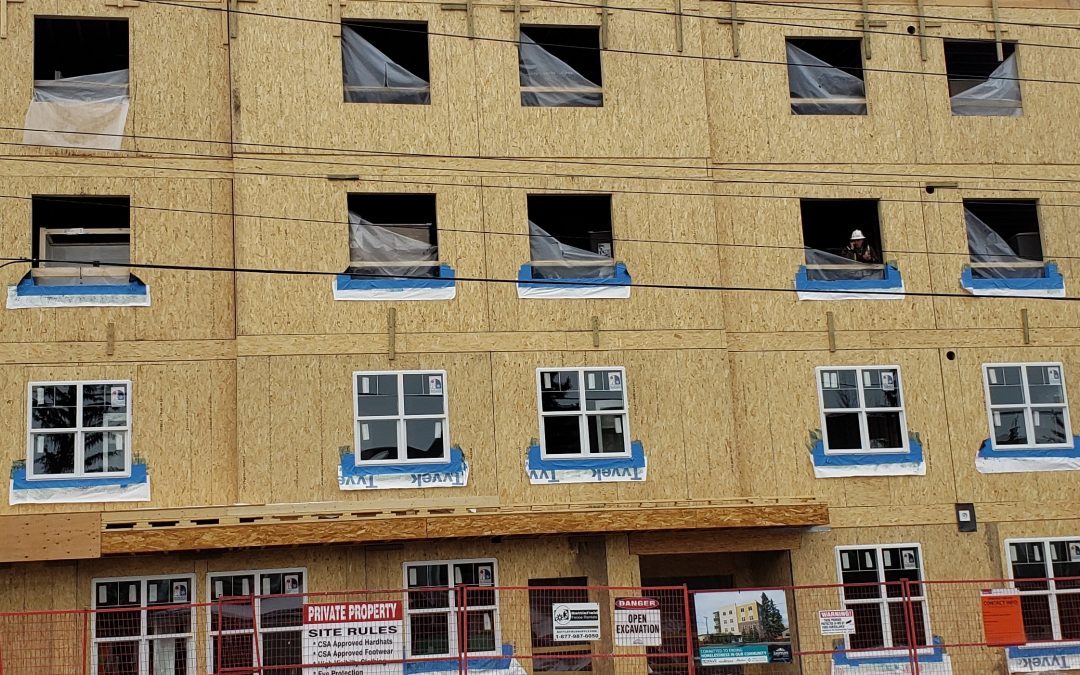
My review of Eric Weissman’s book on intentional homeless communities
My review of Eric Weissman’s book on intentional homeless communities
Weissman, E. (2017). Tranquility on the razor’s edge: Changing narratives of inevitability. Oakville, ON: Rock’s Mills Press.
Eric Weissman is Assistant Professor of Sociology at the University of New Brunswick, Saint John. But he was once homeless, and has since written a very good book about intentional communities in Canada and the United States. This book is based on Eric’s PhD thesis, which in 2014 won a major national award.
Here are 10 things to know:
- This book focuses on intentional homeless communities (IHC) in Canada and the United States. Intentional communities in general are communities built around specific goals. But in the case of this book, I mean small communities of housing sometimes made from discarded, donated and recycled material, and sometimes purpose-built, to address homelessness. IHCs have relatively sophisticated governance structures and are typically located on land owned by non-profits, churches or municipal government. The book argues that such communities are on the rise and that they constitute both official and unofficial responses to homelessness depending on which examples we look at. There are dozens of such communities in the United States. According to the book’s author, Homes for Heroes (Calgary) and Steve Cardiff Tiny House Community (Whitehorse) are Canadian examples of IHCs.
- Intentional communities are not the same thing as tent cities or tiny home communities. IHCs are legal in several American cities, where some receive government funding (though most such funding comes from non-profits and private donors). Sometimes referred to as ‘villages,’ they often have their own websites and wi-fi networks. Some have formal triage systems for determining new admissions. Many hold elections and have formal governance arrangements. Some pay liability insurance, some are legally incorporated, and some are inspected regularly by municipal officials. Tent cities, by contrast, are usually temporary, largely-unorganized and rarely sanctioned by cities. Conventional tiny-home communities reflect current tastes for micro-housing and may not be organized around any social cause in particular.
- The book demonstrates that who makes day-to-day housing-related decisions for marginalized persons matters. In other words, the book argues that simply having affordable housing in place with social work support (i.e., supportive housing) doesn’t cut it if we truly want to empower tenants. Rather, democratic engagement with tenants is also important. (I think Canadian housing researchers and advocates had a greater appreciation of this concept in the 1970s than they do today. For more on important innovations in the 1970s, check out Greg Suttor’s recent book on the history of social housing in Canada.)
- One of the book’s many strengths is that it makes readers think unconventionally about affordable housing. I came away from reading this book realizing that my own views on the topic are somewhat narrow. Until reading the book, I had not really given intentional communities much thought as a serious approach to addressing homelessness.
- The book embraces a research approach called ethnography. Very common in anthropology, this approach involves writing about something as you live it. Eric wrote this book based on his participation and residence in a few key intentional communities. He filmed and interviewed hundreds of residents and typed up his notes on site. Not only did he earn ‘street cred,’ he also applied it directly to his research.
- One of the book’s messages is that researchers may try to appear neutral, but we all have biases.[1] I can relate to this message, having personally worked 10 years as a front-line community worker with persons experiencing homelessness. Personal take-ways of mine from that work include the following propositions: don’t make it difficult for a person to seek emergency shelter; persons experiencing homelessness thrive when given the chance to engage in paid work; and persons experiencing homelessness almost always agree to live in affordable housing when it’s offered to them in an appropriate manner.
- The author’s own biases emerged from his own life experience with trauma, illicit drug use and homelessness. He discusses this brilliantly and powerfully in chapter three, which is arguably the best-written book chapter I’ve ever read. That chapter helped me understand both youth homelessness and illicit drug use.
- This would be a good book for students to read in a graduate university seminar on research methods. And chapter two itself would be a great stand-alone reading to assign to graduate students in such a seminar. However, in order to properly understand much of the book’s language, concepts and arguments, a reader would likely need to have at least one university degree in the social sciences (I personally think the book puts too much emphasis on what social theorists have said over the years).
- The book could have done a better job of articulating the drawbacks of intentional communities. To be fair, the author does acknowledge that the drawbacks of intentional communities can include: “drug problems, faction-led power struggles and a failure to provide adequate transitional experiences for people wishing to reclaim their role in society” (p. 300). But on the whole, the book contains very little discussion about: some of these communities lacking running water, heating and cooking facilities; how prone some of their residents are to property theft; and the extent to which such communities are vulnerable to being targeted by law enforcement officials.
- The book misses an important opportunity to discuss the practical ways government and the non-profit sector can support intentional communities. I was left wondering what kind of funding could be directed at such communities, and what specific services should be supported. Also, the book suggests that supporting intentional communities can be much cheaper than supporting more conventional forms of affordable housing, but no breakdown is provided as to how much it would cost to assist them.
In sum: This book, which took a lot of courage to write, doesn’t shy away from discussing the awkward. And many advocates of the tiny-house movement may find this book to be inspirational. The book also reminds me of advice I once got from a supervisor at Toronto’s Homes First Society: “When housing’s being developed for marginalized populations, people with homes shouldn’t try to tell people without homes what their housing ought to look like.”
Eric Weissman patiently answered all of my questions via email as I prepared this review. I also wish to thank Adam Melnyk, Bernie Pauly, Marion Steele and Vincent St-Martin for their assistance.
[1] In the social sciences, positivists tend to view themselves as neutral observers, merely trying to find evidence. By contrast, interpretivists tend to openly acknowledge and embrace their biases (see this short article for more on this distinction).







